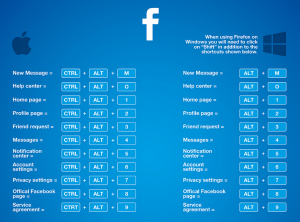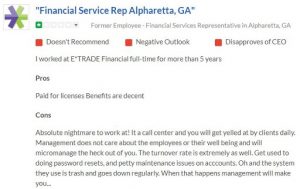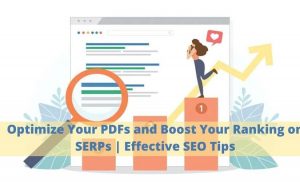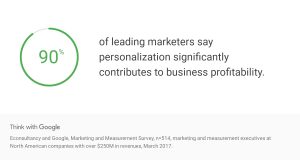Data Quality Update
When data became a billion-dollar market, it looked like we might need an objective measure of quality. Now, it’s a $10 billion market.
Where are we? Data prices are continuing to decline because of a simple economic fact: We still use anecdotal evidence to distinguish good from bad. However, there is a lot of hope.
Two ideas are shaping the landscape:
One idea is to require data suppliers to report the characteristics of segments-for-sale in a standard way. Meaningful characteristics include the age of the data, whether it was derived from a model or online behaviors, etc. In some cases, these factors can be an indication of value. For example, intention data gets stale, so its age is relevant, but this varies by category.
This idea was dubbed the “nutrition label” as an analogy to food labels. It has since been named a “Data Transparency Label” by the Interactive Advertising Bureau. It’s good this is happening, but a few facts do not comprise transparency.
That’s the problem with the data label. While it is a fine idea, it cannot possibly fix the problem advertisers are complaining about. It should be implemented, but it should not be assumed to fix the fundamental issues with data-driven commerce.
The second idea is to measure the portion of ID’s in the data that conform to the claim about the contents of the data. This is good-old-fashioned audience composition. Since segments are lists of people with a single attribute, or, at least, description, (e.g., Spanish speaker), the measure is sometimes called “attribute density.”
Like the famous GRP, attribute density is a quantitative measure of the audience. It translates directly to reach to a defined target, so is useful in planning, delivery, and accountability.
Several companies are beginning to offer composition metrics for segments and campaigns.
The impacts of a KPI for data quality are far-reaching. There are hundreds of thousands of segments for sale. Millions more are first-party segments, not for sale, but the owners still need to know if the list is any good. For the clear majority of first-party segments, owners are aware of the data’s provenance, but often unaware of the real composition.
Cornflakes or Dirt?
Moving on, let’s compare the two ideas using something we all understand: a box of cornflakes.
By analogy, the data label would tell you the corn was grown in Kansas, and had some protein. The attribute density (composition) tells you what portion of the stuff in the box is actually cornflakes. That’s right. With cornflakes, if something else came out of the box — for example, dirt — you would be horrified. The dirt might be from Kansas so the label would still be correct, but that’s a pointless fact if the stuff in the box is not cornflakes.
With segments, what’s in the box is a list of numbers that refer to actual individuals — that is, people.
Do those people have the attribute claimed in the segment description? How many? Are they cornflakes, or dirt?
The data supply chain can turn cornflakes into something inedible. Search data may indicate a fleeting curiosity rather than an intention or need. People share browsers, so an ID may refer to the behaviors of several people. Some people may have already bought the item on offer, and so on.
Some of the people will have the attribute indicated in the segment description or campaign goal, and some will not. Actual measures for popular segments show they run from 10% to 70% dense with the claimed targets. The difference in ROI between 10% and 70% in-target is huge.
The Big Fix
At last year’s ANA Masters of Marketing conference, Bob Liodice called the failure of the industry to deliver quality digital audiences an “atrocity.”
That may seem strong, but it is not unjustified. How does measurement play a role in fixing the problem?
Start by knowing what is being delivered.
The path to improvement is total quality. Get a KPI that predicts success, and make it go up. That KPI should be the composition of the audience with respect to the attributes the advertiser wanted. Is that so complicated?
Data suppliers often treat sales lift as a KPI, but sales is an outcome, and not diagnostic. (If it got better, why?). One way or another, a better audience is something we strive for. If speaking to more of your desired audience does not cause your results to improve, it’s time for some serious self-examination.
(88)
Report Post






